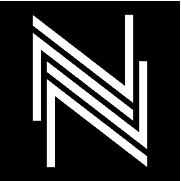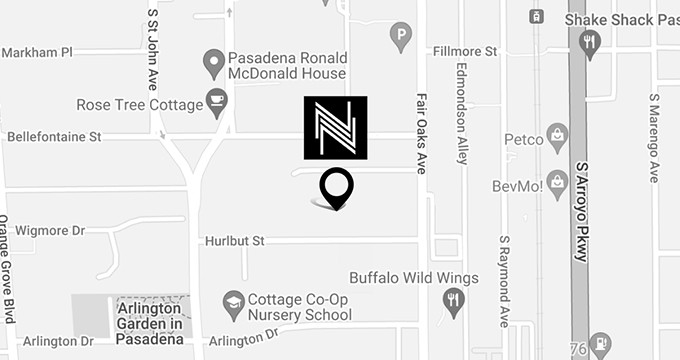
In the realm of facial aesthetics, subtlety has become the new sophistication. More individuals are seeking enhancements that preserve character rather than mask it—and nowhere is this more evident than in the rising interest in nonsurgical rhinoplasty. Beyond convenience, this treatment offers something rarely discussed: the ability to reshape perception without permanently altering identity. It’s a quiet revolution, where artistry, anatomy, and intention converge—no scalpel required.
What Is Nonsurgical Rhinoplasty? A Closer Look at the Technique
Nonsurgical rhinoplasty—also known as a “liquid nose job”—uses dermal fillers to sculpt and refine the nose without incisions or general anesthesia. But what’s often overlooked is that this procedure isn’t simply about adding volume; it’s about strategic redirection. A skilled injector manipulates light, shadow, and proportion to create the illusion of straightness, symmetry, or lift. For example, adding filler to a depressed nasal bridge can visually shorten a long nose—something surgery can’t always do as precisely. The technique requires an intimate understanding of nasal vascular anatomy to avoid complications, particularly in high-risk zones near the glabella and nasal tip. It’s not a one-size-fits-all approach—it’s a blend of geometry, restraint, and aesthetic intuition. While temporary, the results often change more than just appearance; they can reshape self-perception by offering a glimpse of what harmony feels like on the face.
Why It’s Gaining Popularity: More Than Just a Trend
The surge in nonsurgical rhinoplasty isn’t just about avoiding surgery—it reflects a cultural shift in how people approach identity and change. For many, the appeal lies in reversible transformation—a concept rarely acknowledged in traditional aesthetic narratives. Patients appreciate the emotional safety of knowing they can explore facial changes without lifelong commitment. There’s also an unspoken appeal to the immediacy: a lunch-hour treatment that offers nearly instant gratification in a world conditioned for rapid results. In a city like Beverly Hills, where appearances are under constant scrutiny, subtle refinement carries more social currency than dramatic alteration. Clients are becoming co-creators in their aesthetic journey, favoring options that allow for feedback, adjustment, and evolution. This is not about trends—it’s about agency. Nonsurgical rhinoplasty gives patients control over their timeline, their features, and perhaps most importantly, their sense of self.
Ideal Candidates: Who Benefits Most from a Non-Surgical Nose Job?
Ideal candidates for nonsurgical rhinoplasty are not just defined by their nasal shape—but by their goals. This treatment is best suited for individuals seeking refinement rather than reduction, such as smoothing a dorsal hump, lifting a drooping tip, or correcting post-surgical asymmetry. What’s often under-discussed is the emotional profile of the ideal candidate: someone open to gradual enhancement, not drastic change. It’s also a powerful choice for those exploring rhinoplasty for the first time and wanting to “preview” results before committing to surgery. Patients with good skin elasticity and realistic expectations tend to achieve the most satisfying outcomes. In short, it’s not about fixing a nose—it’s about supporting a relationship between self-image and subtle transformation.
What to Expect During the Procedure: A Step-by-Step Experience
1. Consultation and Facial Mapping
The process begins with a detailed consultation—far beyond the typical before-and-after chat. At Dr. Nima Plastic Surgery, this stage includes a facial mapping session where your injector evaluates not only the nose, but how it harmonizes with your chin, cheeks, and lips. This holistic analysis often uncovers asymmetries or proportions you didn’t know were influencing your appearance.
2. Precision Planning
After mapping, the provider uses micro-marking techniques to identify optimal injection points. This isn’t just about anatomy—it’s about aesthetics. Subtle adjustments in millimeters can dramatically influence light reflection, which plays a major role in how we perceive symmetry.
3. Injection Technique
Using a fine cannula or micro-needle, a hyaluronic acid-based filler (such as Restylane or Juvéderm) is injected into strategic areas like the bridge, tip, or sidewalls. The procedure is typically painless thanks to topical numbing agents. What’s seldom mentioned: the injector’s pressure and pacing matter as much as the filler itself. Slow, controlled placement prevents vascular compromise and ensures better sculpting.
4. Sculpting and Refinement
The filler is gently molded by hand to shape the nose in real time. This tactile phase—often overlooked—is where art meets anatomy. A skilled provider doesn’t just inject; they sculpt, refine, and recheck facial balance throughout.
5. Immediate Feedback
You’ll see results instantly, allowing for real-time feedback. Adjustments can be made before you leave, giving you a rare level of control in your aesthetic outcome.
Non-Surgical Nose Job Before and After: What Results Look Like
The transformation from a nonsurgical nose job is less about dramatic change and more about refined balance. Patients are often surprised by how subtly a straighter nasal bridge or lifted tip can influence the entire face. What’s rarely acknowledged is how light and shadow shift post-treatment—improving contour in photos, selfies, and even Zoom calls. Because the nose sits at the center of facial symmetry, small adjustments can create a ripple effect of harmony across other features. Results typically appear immediately, with final refinement settling in after minor swelling subsides. Unlike surgical rhinoplasty, which can take months to reveal its outcome, the nonsurgical version delivers instant visual feedback—allowing patients to make nuanced changes in real time. For many, it’s less about altering their nose and more about recognizing themselves differently.
Scheduling a Consultation: Questions You Should Be Asking
When scheduling a consultation for a nonsurgical nose job, it’s essential to move beyond the standard questions about cost and procedure length. Instead, focus on the nuanced aspects of the treatment. Ask the provider about their approach to facial harmony—how do they assess the nose in relation to the entire face? Inquire about their experience with correcting specific concerns, like a drooping tip or asymmetry from previous procedures. It’s important to understand the longevity of the filler they use and how often touch-ups might be needed. Another key question is about the provider’s strategy for managing swelling or bruising, which is often overlooked in patient prep. And perhaps most crucially, ask about their vision for your results—how do they plan to subtly enhance your features while keeping the changes in line with your natural expression? This ensures you’re not just receiving a technical procedure but a thoughtful, customized enhancement.
Conclusion
Nonsurgical rhinoplasty offers a unique opportunity to enhance your appearance with minimal downtime and immediate results. This subtle yet powerful procedure allows for a customized approach that complements your natural beauty without the need for surgery. Whether you’re looking to refine your nose or simply explore your options, the artistry and precision of this treatment can make all the difference. Ready to explore how a nonsurgical nose job can transform your profile? Visit us at Dr. Nima Plastic Surgery, or call (626) 696-8181 to schedule your consultation and start your journey toward a more harmonious you.


